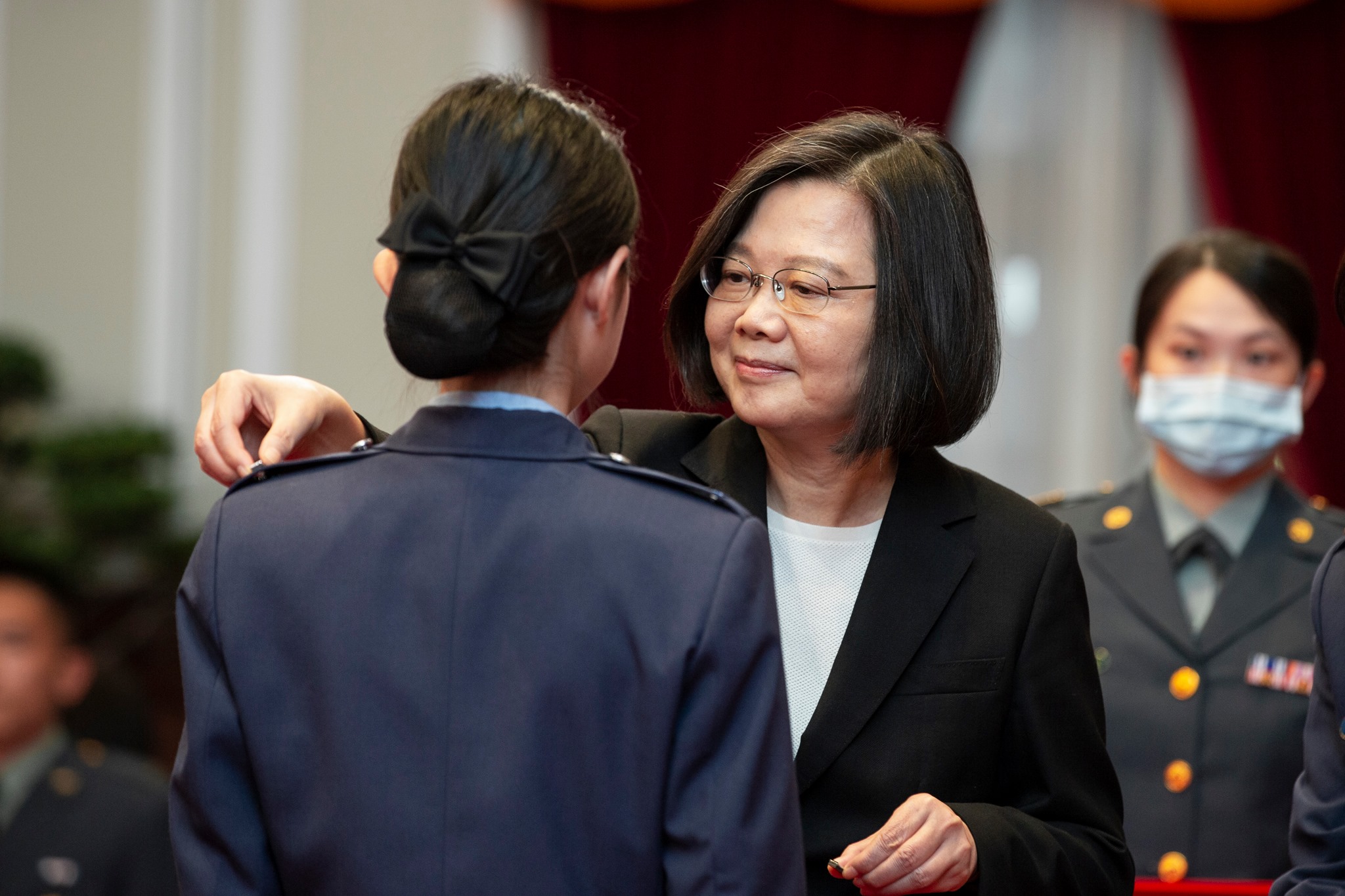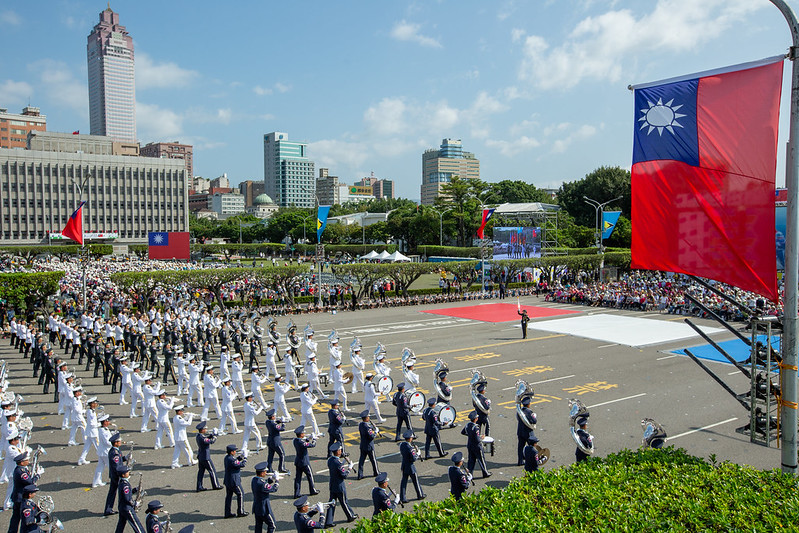Demographic shifts and a DPP that can no longer be easily portrayed as inexperienced or extremist present fundamental challenges to the KMT’s electoral competitiveness.
The historic defeat of the Kuomintang (KMT) in 2016 and continued leadership conflicts afterwards present challenges to the long-term viability of the party. Parties routinely come back from devastating electoral defeats and the acceptance of electoral loss (“losers’ consent”) is crucial to the stability of democracies. Few electoral losers in Taiwan have disputed their electoral defeat since the razor-thin re-election victory of Chen Shui-bian in 2004. However, acceptance is not only part of the equation: parties that fail to comprehend why they lost, especially after multiple elections, risk cementing their position as the perennial opposition party or being replaced by a more competitive alternative.
Democracies require functioning opposition parties and the KMT cannot base its future on waiting for the Democratic Progressive Party (DPP) to lose support. The party’s past strategy of portraying the DPP as extreme and a risk to relations with both China and the U.S. lacks the electoral saliency behind such efforts back in the 2000s. Simply put, President Tsai Ing-wen’s administration is not a return to the Chen Shui-bian era where the KMT marketed itself as the party of the predictable status quo on domestic and international fronts.
The DPP has adapted to electoral losses, positioning itself as a status quo party in regards to Taiwan’s political status. Meanwhile, the KMT’s ostensible commitment to eventual unification with China contrasts with survey work showing not only that citizens increasingly identify as Taiwanese rather than Chinese or both Chinese and Taiwanese, but also growing Taiwanese disapproval of unification even under ideal conditions. In addition, party identification trends hurt the KMT, with the percentage of the population identifying with the DPP increasing 12.7% since 2008, the first year of Ma Ying-jeou’s administration, and surpassing the KMT since 2014. Meanwhile KMT identification has declined 15.9% since 2008. Looking at the electoral map, the KMT now faces challenges in many areas traditionally favoring the party, with concerns at least among some KMT that places like Taoyuan could become as solid “green” as Kaohsiung.
The next KMT chairperson election, scheduled for May 20 (the one-year anniversary of Tsai’s inauguration), pits incumbent Hung Hsiu-chu against former Taipei mayor Hau Lung-bin and former vice president Wu Den-yih. Yet the candidates have yet to declare a clear plan for reinvigorating the party and risk falling into the common pattern of opposition parties hoping that anti-incumbent sentiment can change their electoral fortunes. Hung’s tenure as party chairperson differs marginally from her presidential campaign that risked the New Party-ization of the KMT, leaving intraparty reforms unlikely under another term. Wu promised to unify the party, appealing to the legacy of Sun Yat-sen and Chiang Ching-kuo, while questioning same-sex marriage legalization, stances that may appeal to older KMT voters, but do not necessarily broaden the party’s base. Hau too has promised to unify the party, but will also have to overcome perceptions that he may see the position as a stepping stone for higher office, despite his own statements that the chairperson should have no higher ambitions.
That all three are in their 60s in itself should not suggest that the party is incapable of recruiting new blood. But it does suggest a longer wait for members like 44-year old KMT legislator Chiang Chi-chen to move up the party hierarchy, precisely at a time when the average age of KMT legislators is roughly a decade older than that of their DPP counterparts. While post-election surveys do not suggest a major difference currently in the average age of KMT and DPP supporters, this may change if younger KMT supporters fail to see a role in the party’s future and younger rank-and-file voters equate the party with the interests of a previous generation.
While post-election surveys do not suggest a major difference currently in the average age of KMT and DPP supporters, this may change if younger KMT supporters fail to see a role in the party’s future and younger rank-and-file voters equate the party with the interests of a previous generation.
The KMT still has options in advance of 2018 local elections. An unlikely option designed to shed some of party’s historical baggage is to follow the common practice in South Korea of political parties changing their names after electoral defeat or scandal. Such a change is unlikely to be popular within core KMT supporters, but more importantly such cosmetic changes without substantive shifts are unlikely to expand the KMT base. The KMT could also learn from Japan’s Liberal Democratic Party (LDP). As the dominant party for most of the post-war period, the LDP gradually lost its competitive advantage in part due to increased urbanization but also greater coordination among the opposition, ultimately encouraging the party to increase its appeals to urban voters.
The KMT can also commit to resolving the issue of ill-gotten party assets that would remove this as an electoral issue. Finally, taking a page out of the recent DPP electoral playbook, the KMT can attempt to downplay cross-strait relations and focus on local politics, social programs and economic growth. More broadly, the KMT must find the means to appeal to the median voter, which at present appears to require a de-emphasis of unification rhetoric and finding other means to credibly present the party as more Taiwan-centric.
None of these are easy fixes and each reform creates a potential rift within the party among those committed to a particular view of the KMT. However, demographic shifts and a repositioned DPP no longer easily portrayed as too inexperienced or extremist present fundamental challenges to the KMT’s electoral competitiveness. The KMT should therefore consider reforms keeping incremental shifts in electoral support in mind as even small shifts can result in a competitive KMT legislature, especially if districts historically favorable to the KMT shift back to their historic averages. However, to treat 2014 and 2016 as electoral outliers risks another poor showing for the party in 2018.
More from Taiwan Politics
President Tsai’s Second Term and Cross-Strait Relations: What to Watch Out For
The next four years will be marked by uncertainty over China’s trajectory and the state of the world in the …
Candidate Claims ‘Nobody Loves Taiwan More Than Xi Jinping’
Family business connections in the Pingtan free-trade zone and a son’s involvement with the CPPCC are raising questions about possible …
Above All, The Legitimacy of Taiwan’s Democracy
Since democratization, the main political parties in Taiwan have agreed to rules of the game which have served to legitimize …






